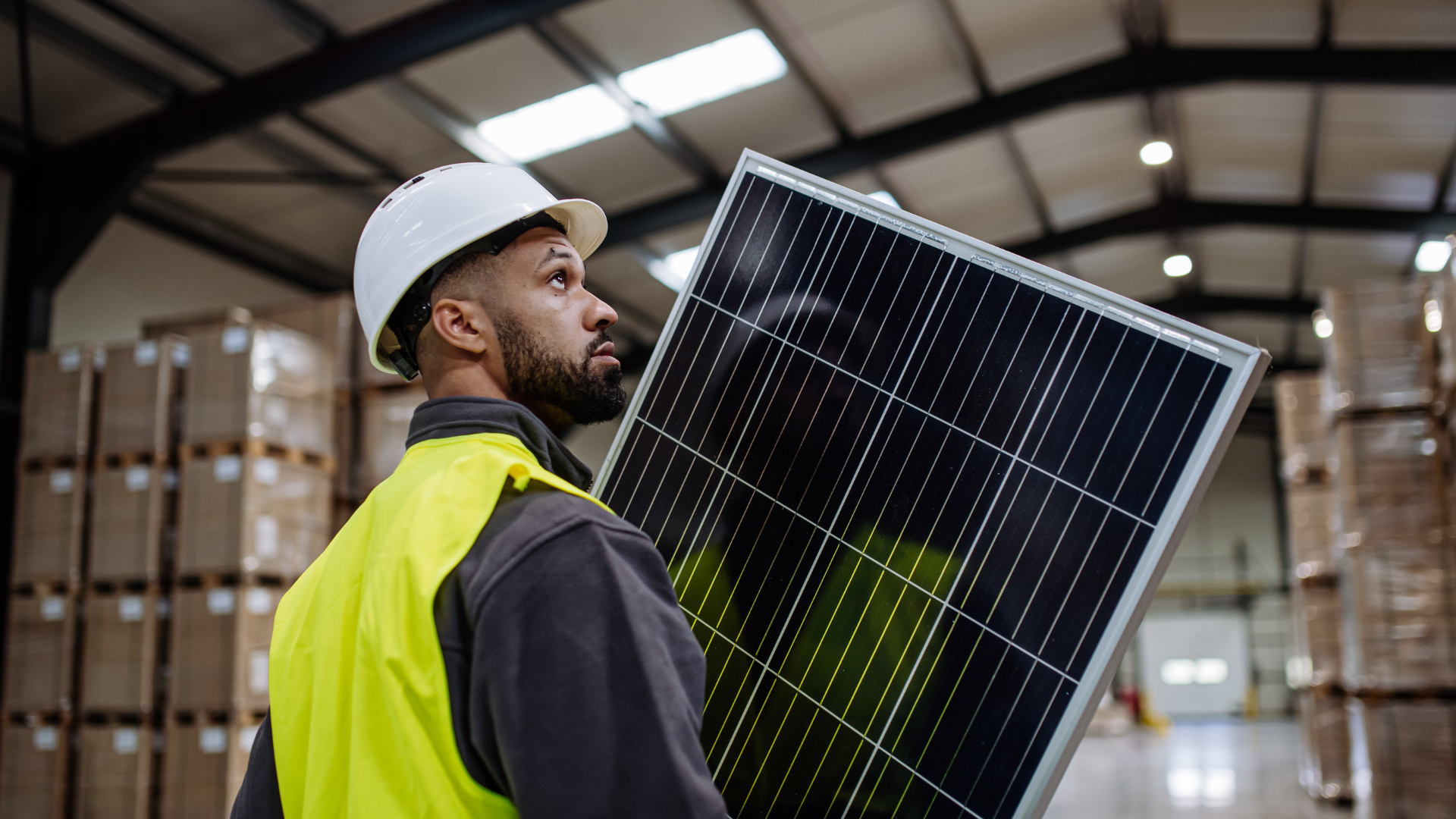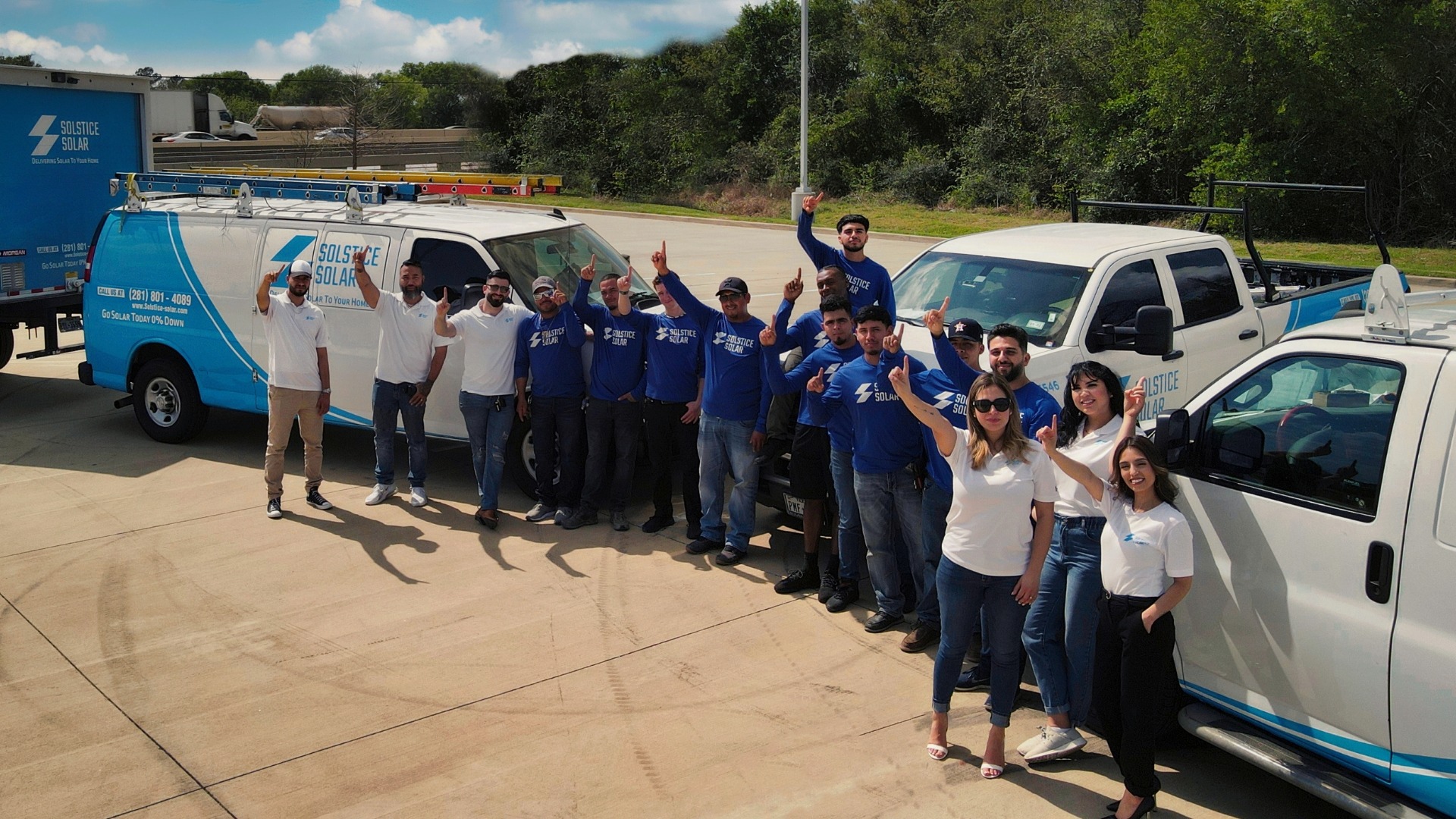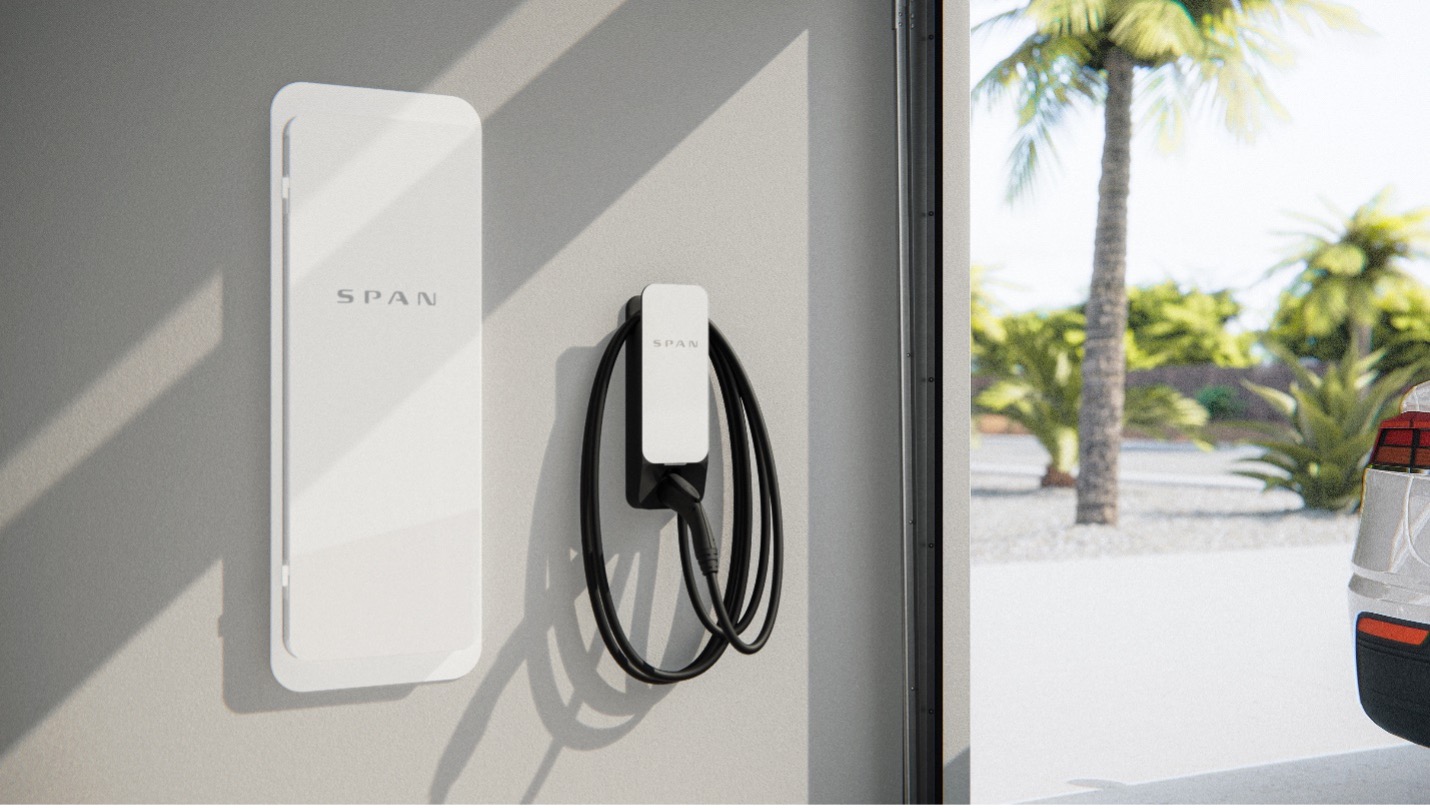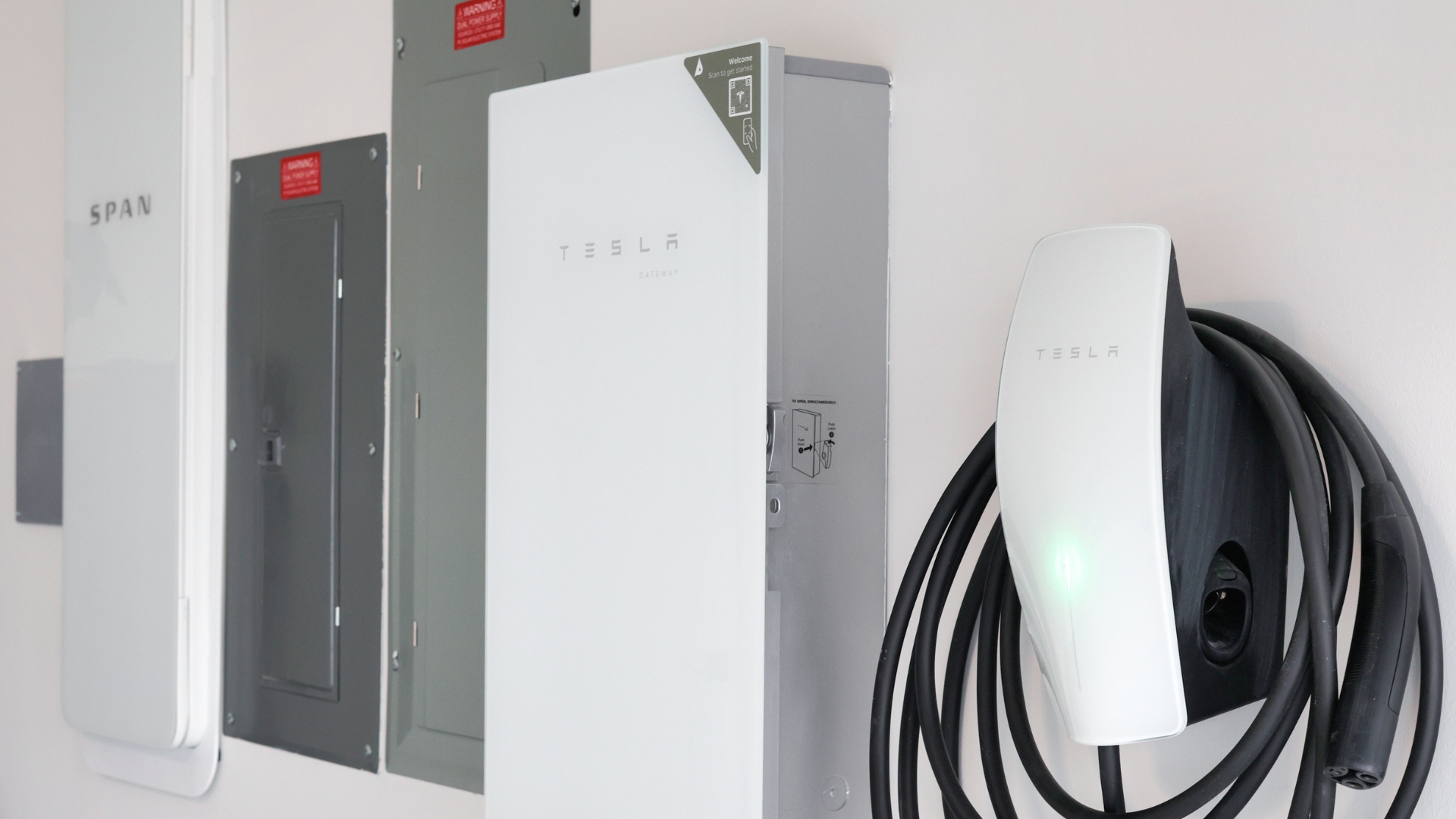5 Factors Affecting Bifacial Solar Panel Performance
When it comes to choosing the right solar panels for your home or business, staying informed is crucial to making the best decision for your energy needs. As the demand for sustainable energy solutions grows, understanding the latest innovations in solar technology, like bifacial solar panels, can lead to better performance, higher energy yields, and long-term savings. Bifacial panels, known for their unique ability to capture sunlight from both the front and rear sides, offer significant advantages over traditional monofacial panels. However, to maximize their potential, it’s important to understand the key factors that affect their performance. For more details on how bifacial panels compare to monofacial panels, be sure to read our blog on the difference between bifacial and monofacial solar panels.
In this article, we’ll explore five critical factors that influence bifacial solar panel efficiency and provide insights to help you optimize their performance for your home or business.
1. Tilt Angle and Installation Orientation
One of the most important factors affecting bifacial solar panel performance is the tilt angle and orientation of the panels. The angle at which the panels are installed plays a significant role in how much sunlight is captured on both the front and rear sides. By positioning bifacial panels at an optimal tilt, you maximize the potential for the rear side to capture reflected sunlight, which can significantly boost energy production. A higher tilt angle increases rear-side exposure, particularly in areas where light is reflected from the ground or surrounding surfaces, improving overall panel efficiency. Adjusting the tilt angle based on your location and the seasonal position of the sun is key to optimizing the energy yield of your system.
2. Albedo Effect and Reflectivity of Surfaces
The albedo effect, or the reflectivity of surfaces beneath the panels, plays a key role in bifacial solar panel performance. Surfaces with high reflectivity, such as snow, sand, or light-colored rooftops, can reflect additional sunlight onto the rear of the bifacial panels, boosting energy capture. In areas with highly reflective surfaces, bifacial panels can generate significantly more power compared to those installed on lower albedo surfaces, like asphalt or dark soil. Therefore, to fully harness the benefits of the albedo effect, it’s important to assess the surrounding environment and install bifacial panels where reflections from the ground or nearby surfaces can enhance energy production.
3. Environmental and Climatic Conditions
While bifacial solar panels offer higher efficiency, their performance is also influenced by local environmental and climatic conditions. These panels perform best in areas with abundant sunlight and high reflectivity, but their efficiency can vary depending on factors like cloud cover, temperature, and the geographical location of the installation. For instance, in colder climates with snow-covered ground, the albedo effect can significantly boost rear-side energy generation. However, in hotter climates, elevated temperatures can reduce the efficiency of all solar panels, including bifacial ones, ultimately lowering energy yield. Understanding your local climate and adjusting your solar system setup accordingly is key to optimizing overall performance.
For example, if you are a homeowner in Houston, Texas, with its hot and sunny climate, the combination of high temperatures and humidity can affect bifacial panel performance, especially during the summer months. As a local company serving the greater Houston area, we understand the unique challenges of our climate and can help you optimize your system for maximum performance year-round. That being said, understanding your local climate and adjusting your solar system setup accordingly is key to optimizing overall performance.
4. Shading and Obstructions
Shading from nearby trees, buildings, or other obstructions can significantly reduce the performance of bifacial solar panels. Since these panels capture sunlight on both the front and rear sides, any shading can limit the rear side’s ability to absorb reflected light, ultimately decreasing overall energy production. To ensure optimal performance, it’s essential to install your solar panels in an area that remains free of shade throughout the day. When planning your installation, take the time to evaluate potential obstructions and avoid placing panels in locations where shadows could block sunlight from reaching the rear surface. This will help you maximize the energy output of your bifacial solar system. That’s why it’s crucial to choose a certified solar installer in your area, one who understands all these factors and can design a system tailored to your unique environment for the best results.
5. Solar Maintenance and Cleaning
Maintaining the cleanliness of both the front and rear surfaces of bifacial solar panels is essential for maximizing their performance. Dust, dirt, and debris on the back side can obstruct sunlight reflection, ultimately reducing energy generation. Regular solar panel maintenance, especially in dusty or sandy environments, ensures optimal performance by keeping the panels clean and free from obstructions. Additionally, regular inspections for wear and tear or damage can help prevent efficiency loss and extend the lifespan of the system. Proper solar panel maintenance ensures that both sides of the panels remain clear, allowing them to capture as much sunlight as possible for continued energy production.
Lastly, the performance of bifacial solar panels is influenced by several factors such as tilt angle, surface reflectivity, environmental conditions, shading, and maintenance. By optimizing these factors during installation and operation, you can significantly boost the energy output of your bifacial solar system and maximize your return on investment. If you’re a homeowner in the Greater Houston area, it’s important to work with a knowledgeable solar provider who can customize your system to your specific environmental and site conditions. To learn more about all you need to know about solar energy, visit our Solstice Solar blog or book a free consultation today to explore how bifacial solar panels can enhance your energy efficiency and sustainability goals.







